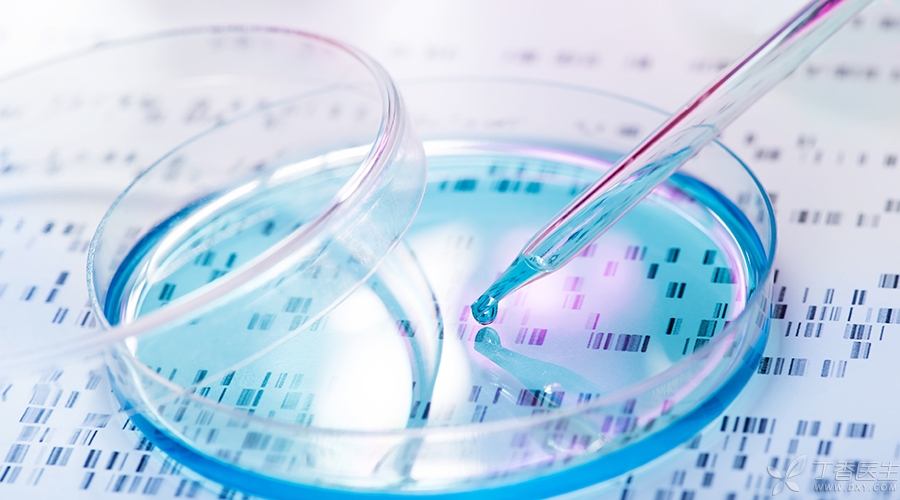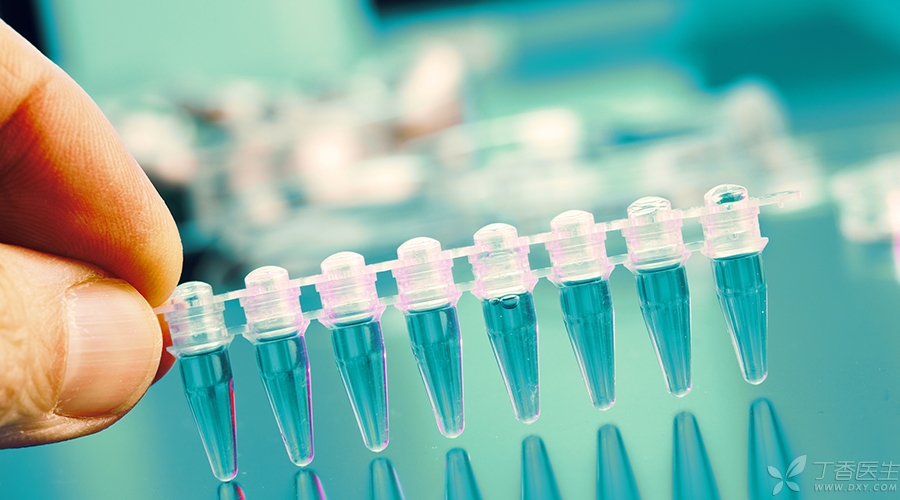
Most people will think that paternity testing is to prove that your father is your father and which is your mother.
However, in fact, more and more regions now need paternity test reports to register their children. Taking relatives abroad requires proof of parent-child relationship. This is also needed to confirm the identities of victims of large and small disasters.
Of course, I found that the children who have been raised for n years look more and more like Lao Wang next door. Before being forced to give birth to a child, see if the fetus is his own. Suddenly someone came to recognize their ancestors and returned to their ancestors… These reasons for identification are no less than those in TV plays.
At present, paternity testing generally refers to STR testing. The specific principle is too complicated, so we will not explain much.
Paternity test is not far from our life. Today, let’s learn about it with Dr. Clove. What is a paternity test. How to do the paternity test and whether the test results are accurate or not?
Where is the paternity test done?
Many people think that paternity testing is a matter for the public security department. In fact, except for the needs of criminal investigation, the public security department does not do paternity testing.
- General paternity testing is completed by a third party institution, i.e. A judicial authentication institution. You can also inquire about institutions with appraisal qualifications through the official website of the local judicial bureau, with prices ranging from several hundred to several thousand. For details, you can consult the appraisal institutions.
As long as it is a formal registration institution, the legal effect of the appraisal report issued by it is the same.
How do I apply?
There are two types of paternity tests accepted by judicial authentication institutions.
-
Entrusted by the public security organs and the law: for example, the identification required in various criminal and civil cases. This kind of identification has a clear legal process, so it is good to follow it. Of course, it is best not to encounter such a situation.
-
Personal entrustment: Apart from the first type of cases, if you want to do paternity testing for various other reasons, you can directly consult the testing institution for entrustment.
If there is a need for paternity testing, you can go to the relevant local testing institutions to inquire about the specific situation.

What do you think of the appraisal results?
There is a cumulative patriarchal index (CPI) in the appraisal to determine whether there is parent-child relationship.
CPI in the appraisal results is divided into three situations:
CPI < 0.0001, which does not support the tested adult to be the biological parent of the child;
CPI > 10000, supporting the tested adult to be the biological father/mother of the child;
0.0001 < CPI < 10000, it is necessary to increase the detection of genetic markers until the above two conclusions are reached.
Is the appraisal result accurate?
The accuracy of this identification is extremely high. If there is a difference, it can only be because the sample does not come from the two people who were identified.
Paternity testing is automatic sequencing by instruments, and there is no problem of errors in the results. According to Mendel’s law of heredity, as long as the sample source is reliable, the identification result is reliable.
If the appraisal result is to identify the parent-child relationship, it is to identify; If the result excludes parent-child relationship, the appraisal institution will generally test the sample twice to ensure the accuracy of the result.
Can it be identified by what?
-
Blood: The premise of collecting blood as a sample is that there has been no organ transplant or bone marrow transplant and no blood transfusion in the past two years.
-
Hair with hair follicles: Grasp the place about 4cm away from the root of the hair with your hand, pull out 5 ~ 10 hairs (clear hair follicles can be seen at the end of the hair, i.e. White matter at the root of the hair), dry naturally and store at room temperature.
-
Oral swab: After gargling, wipe oral mucosa repeatedly with cotton swabs for more than 30 times, dry the clean place in the shade and store at room temperature, with at least three cotton swabs per person.
-
Nails: Cut off the free edge of the nails (where the nails are usually cut) and wrap them separately with clean paper.
I have said so much to let everyone have a simple understanding of paternity testing. Of course, I still hope that it is best for everyone not to do such testing.
